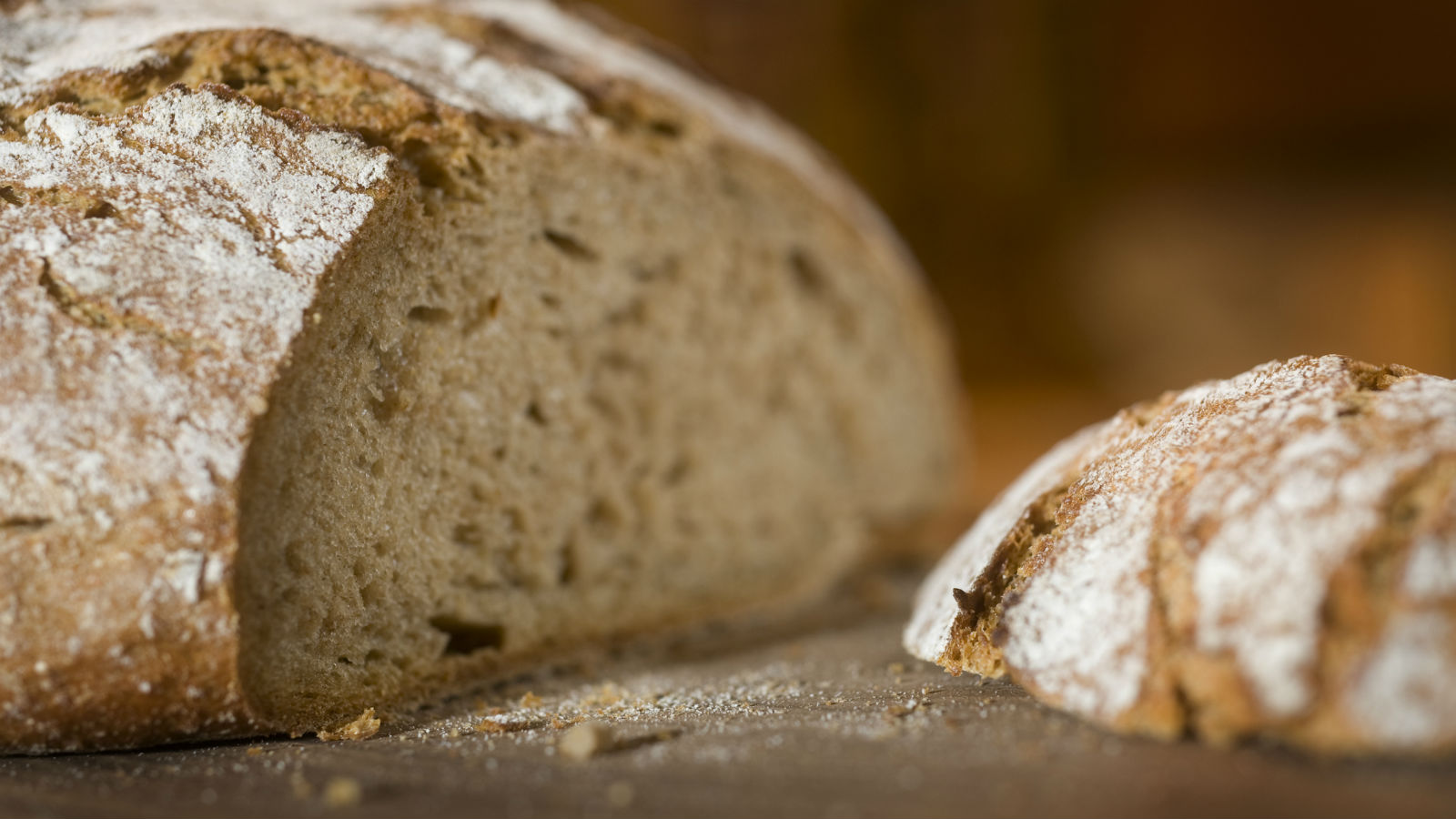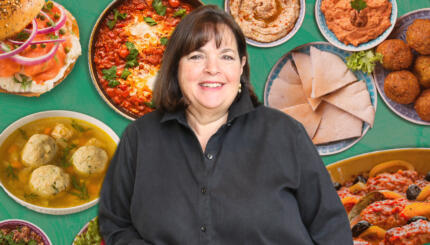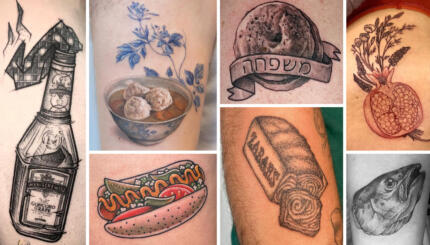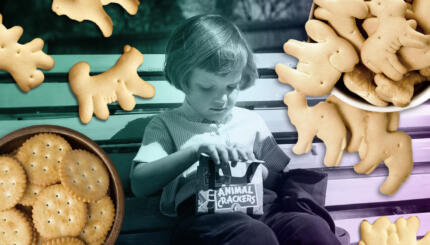I recently had the pleasure of meeting Stanley Ginsberg whose second cookbook is called The Rye Baker: Classic Breads from Europe and America. Several years ago he also co-wrote Inside the Jewish Bakery: Recipes and Memories from the Golden Age of Jewish Baking, and so it was clear: Stan and I had a lot of bread to talk about. But after a few minutes chatting about flours, challah and yeast I quickly understood how complicated, and interesting, rye bread can be. And so I wanted to learn more, and I thought you all might to learn a little too.
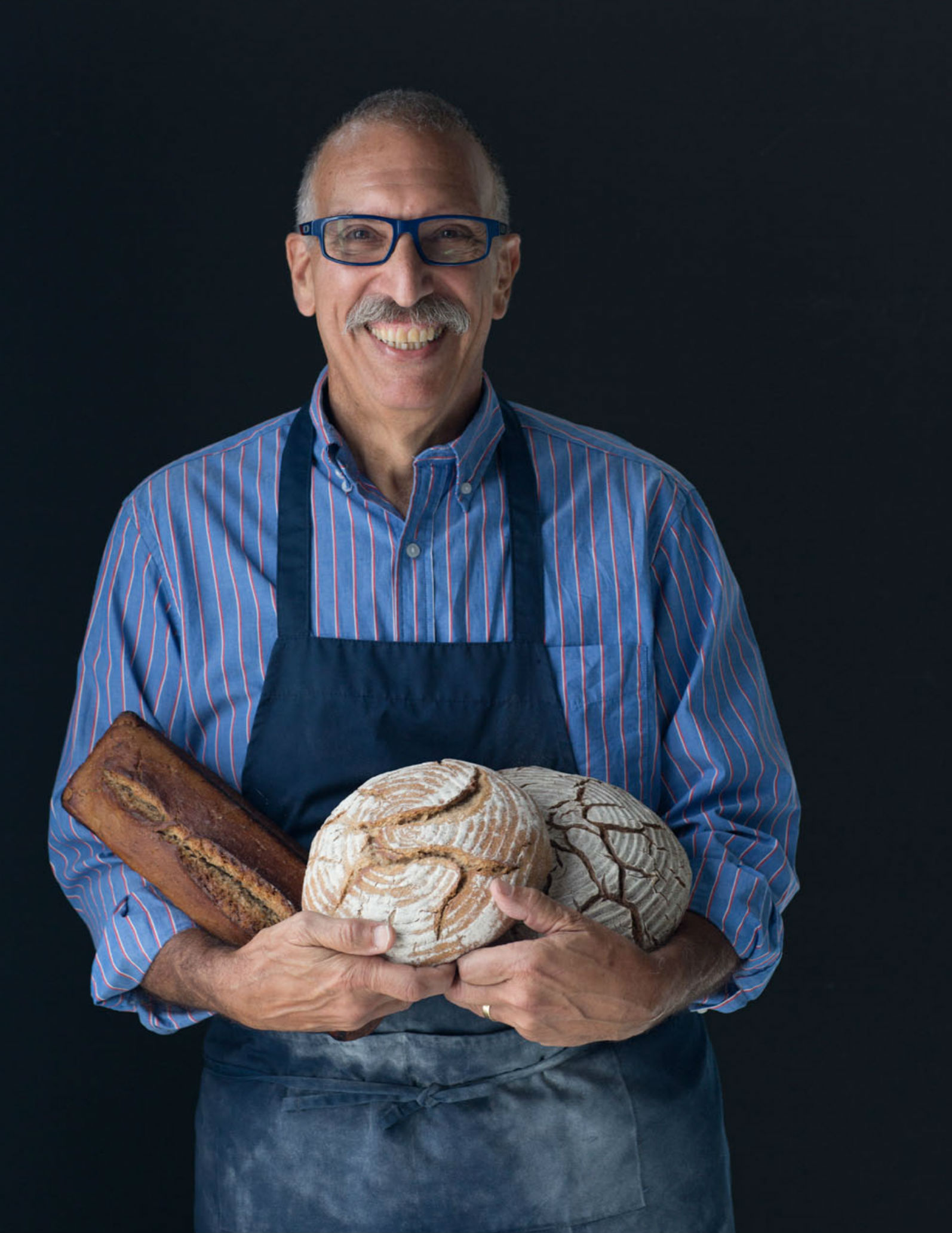
What makes rye bread Jewish?
The easy answer is that a rye bread is “Jewish” if one could routinely find it on the shelves of the bakeries that anchored Jewish neighborhoods in New York Boston, Chicago, Miami, Los Angeles and everywhere else eastern European Jews settled. Usually, that bread was some variation on the light, caraway-seeded ryes or the dark, artificially-colored pumpernickels that most people think of as “Jewish.”
The Nosher celebrates the traditions and recipes that have brought Jews together for centuries. Donate today to keep The Nosher's stories and recipes accessible to all.
But there’s also a more complex and nuanced answer as to what makes a rye bread “Jewish.” That’s because, as a matter of historical fact, wherever in Europe Jews established communities they adopted the local breads – perhaps modified slightly to reflect the strictures of . And so the dark, sweet-sour ryes of Lithuania are really every bit as Jewish as the light caraway ryes of southern Poland and Ukraine. The rye breads that managed to survive the journey to America were those that best lent themselves to American conditions, namely, low-percentage ryes that took advantage of the low cost and easy handling of the abundant wheat the European Jewish bakers found when they arrived here. The high-percentage ryes that represented the taste of home for Jews from Lithuania, Belarus and northern Poland all but disappeared from American bakeries by the end of World War Two.
Where does your love of rye bread come from?
I grew up eating rye bread, so you could say it’s in my genes. I also enjoy foods with strong and distinctive flavors, and rye really offers that: a traditional rye bread gives me an intense and complex flavor profile that combines sweet, nutty and sour. It’s very different from most wheat breads.
What’s the most horrifying thing you have seen someone put on rye bread?
Ketchup. Ketchup is a great equalizer that drowns the flavors of the foods on which it’s inflicted. That’s especially true for a rye bread, where the sugar and vinegar of the red menace overwhelm the natural sweet-sour notes of the bread.
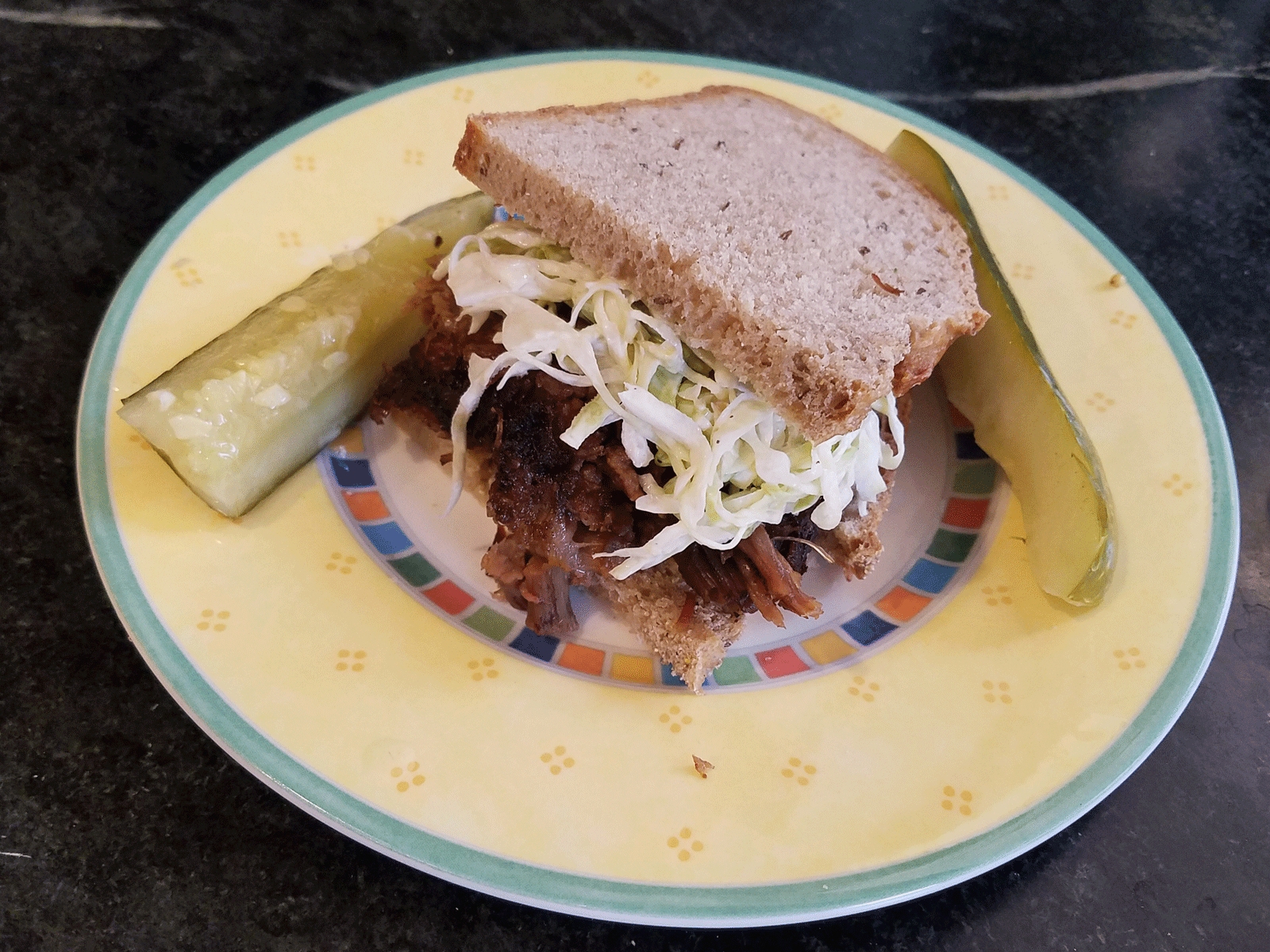
What are people’s biggest misconceptions about rye bread?
That rye bread equals caraway. In fact, rye has so many faces and flavor elements that to reduce it to that one astringent note is to do it a great injustice. In writing The Rye Baker I attempted to paint as broad and comprehensive a picture of rye’s possibilities as I could. The flavors and textures range from standards like Jewish Deli Rye and Boston Brown Bread to a French rye bread made with hard apple cider, a Polish yogurt rye, an amazing sweet-sour Latvian rye bread and that intensely sour Russian classic, Borodinsky.
What is your favorite sandwich?
On rye? There are a few of them: brisket in any form – smoked, braised or as corned beef or pastrami; tuna salad with a thick slice of tomato, and liverwurst, sweet onion and brown deli mustard.

